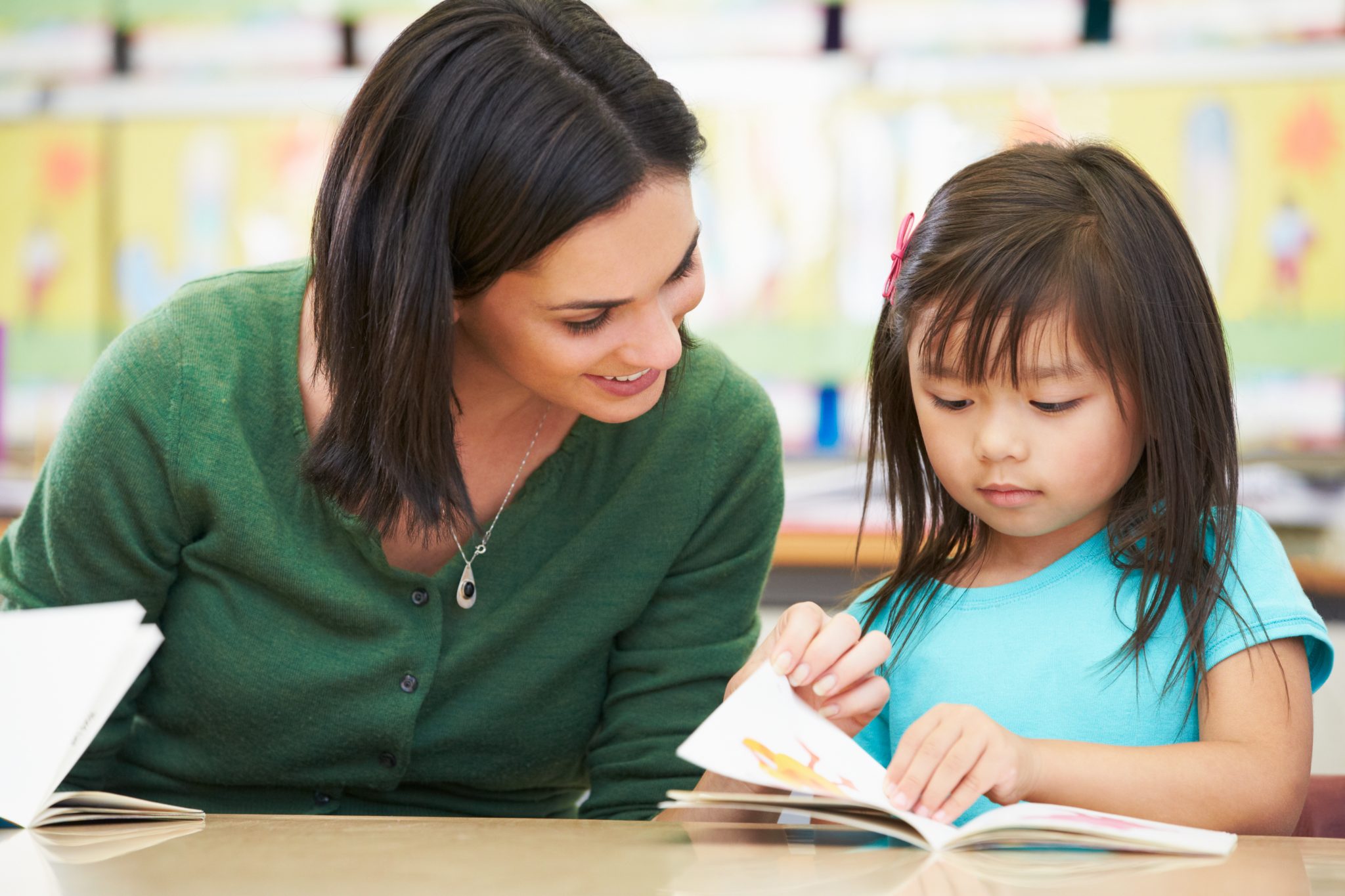Home & Family

Many children in the United States haven’t fully developed their reading skills. Between 2017 and 2019, the number of children in grades 4 through 8 reading at or above their grade level decreased. In other words, the number of children who lack the necessary reading skills increased.
The National Reading Panel Report identified five components vital to developing reading skills: phonological awareness, phonics, fluency, vocabulary, and comprehension. Although each component is important in developing a child’s reading ability, the following information focuses on four comprehension strategies that are used to help increase the reading comprehension of young children and older children who are struggling with reading.
What is Reading Comprehension?
Comprehension refers to the ability to understand written words. It is different from the ability to recognize words. Recognizing words on a page but not knowing what they mean does not fulfill the purpose or goal of reading, which is comprehension. Imagine, for example, that a teacher gives a child a passage to read. The child can read the entire passage, but he or she knows nothing when asked to explain what was read. Comprehension adds meaning to what is read. Reading comprehension occurs when words on a page are not just mere words but thoughts and ideas. Comprehension makes reading enjoyable, fun, and informative. It is needed to succeed in school, work, and life in general.
Comprehension Strategies
There are different strategies to use to enhance comprehension. It takes patience and continuous guidance when using these strategies. When working with children, remember to model the strategy as well as provide guided practice. As their skills increase, slowly decrease your guidance. The goal is to get children to use the strategies automatically. The following are strategies that can be used to help build reading comprehension in children:
Predicting
This strategy involves asking children to make informed predictions based on what they obtain from the story or text. Predictions require asking children to make guesses about what might happen. Predictions are made based on what they see, hear, or read relative to the book’s cover, title, pictures, drawing, table of content, and headings.
When asked a question, such as “What do you think this book will be about?” or “What do you think will happen to/if …?,” children make predictions or guesses when answering. Predicting builds interest and understanding of the text, and it establishes a purpose for reading. This strategy keeps children actively engaged by connecting, reflecting, and revising their predictions.
Making Connections to Prior Knowledge
Making connections to prior knowledge involves connecting a new idea to knowledge and experiences already known. It requires getting children to relate their own experiences to something in the story. The goal is to get children to use their prior knowledge to help make sense of the text they read. Prior knowledge can include their experiences or knowledge of words, places, animals, or events. For example, the children know the word “bones” because of a previous discussion on bones because of a classmate’s broken arm. When they read a new word, such as “skeleton”, their prior knowledge of bones will be used to help them understand the new term.
Children start by making connections between text and their personal experiences (text-to-self). As they grow older, connections are made between different books, texts, or ideas by identifying similarities. In other words, to increase comprehension, get children to make text-to-self, text-to-text, and text-to-world connections before, during, and after they read. For example, a discussion of the new or difficult vocabulary words before reading the text can help increase children’s comprehension. When reading, they can then activate their prior knowledge of the new terms.
Visualizing
Visualizing is also a strategy used to increase reading comprehension. It requires getting children to create in their minds a mental image of what they read from the text. Children can mentally envision what they are reading. The mental image helps children understand, recall details, remember, and draw conclusions from the things they encountered while reading. For example, ask children to make a drawing based on what they read. Also, while reading a passage to children, ask them to close their eyes and listen. Ask them to create a movie in their mind of what the words are describing.
Summarizing
This strategy involves getting children, when reading, to identify the main idea in the text and putting the idea into their own words. Children must sort through the information to determine what information is important and what is unimportant. They take the most important information and put it in their own words and use as few words as possible to explain the text. This strategy is not to be applied only at the end of the story. Instead, children should be taught to summarize throughout the story.
Without comprehension, children gain no meaning from what they read. Comprehension strategies are used to increase children’s understanding of the text to help them become active readers by engaging with the text. Learn more about Alabama Extension’s Parent-Child Reading Enhancement Program to enhance a child’s reading ability.

